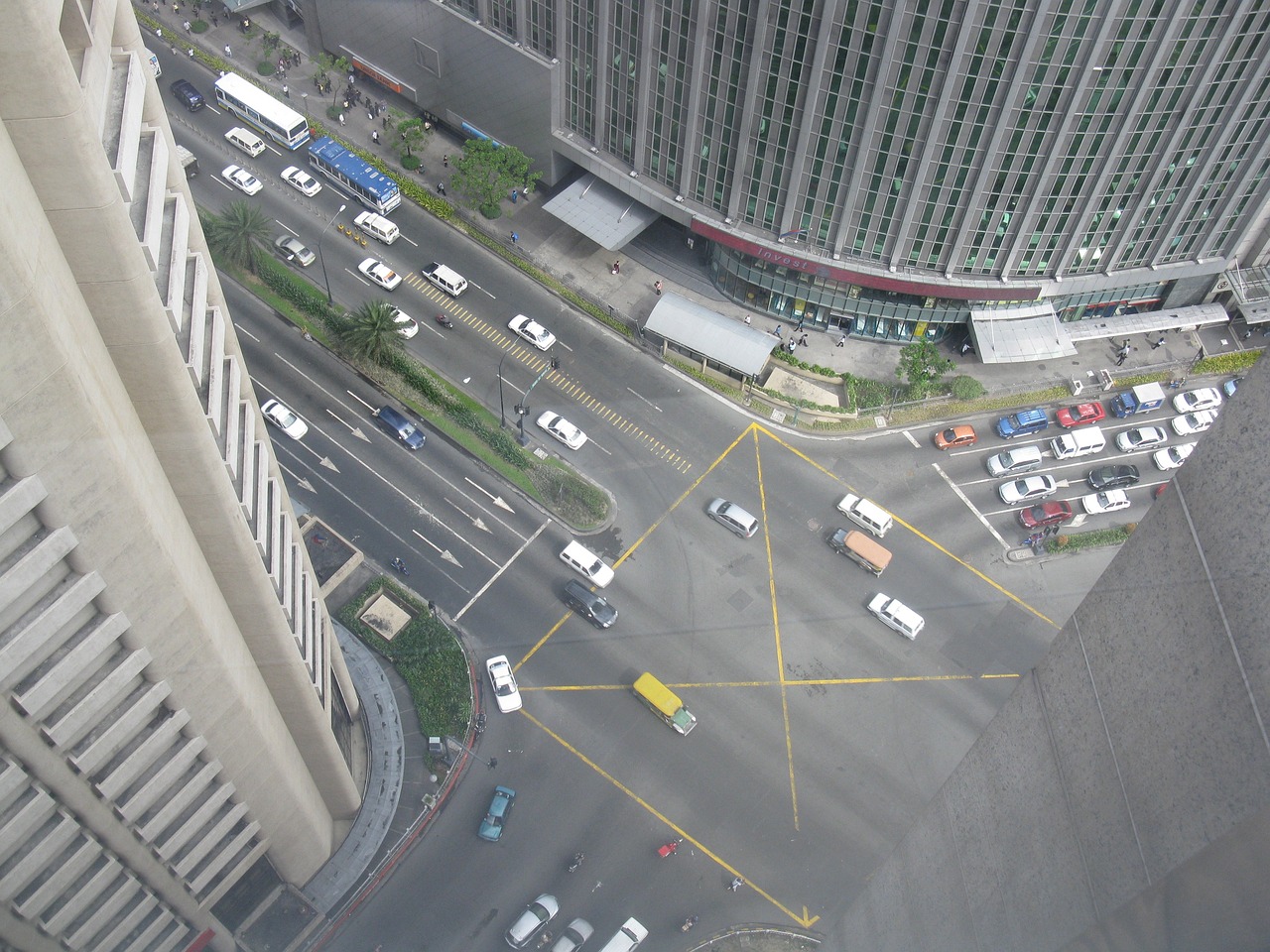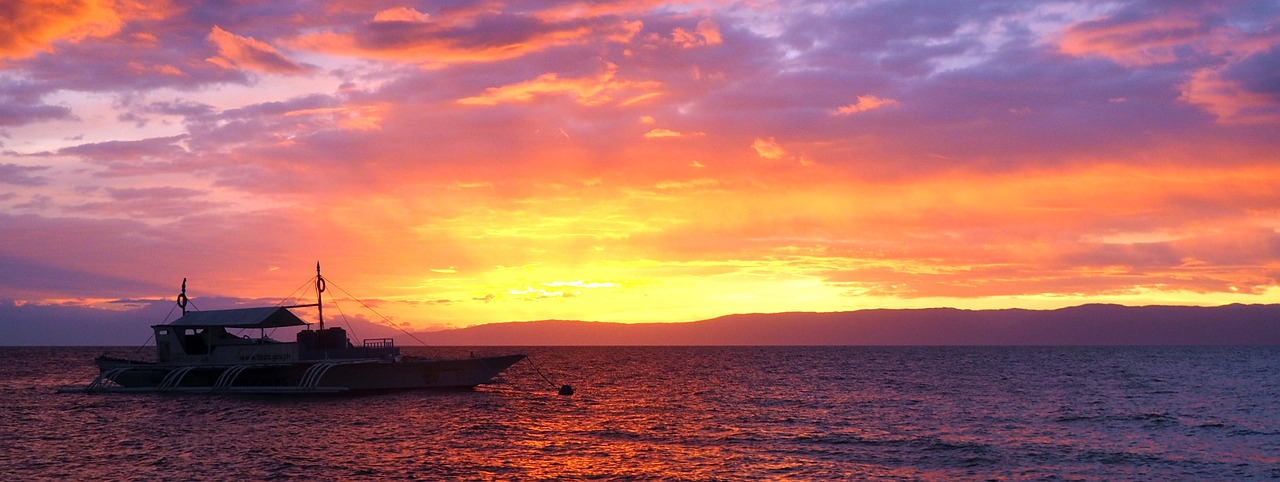Philippines Video
Getting Around: Transportation Tips for Philippines
The Philippines is a beautiful archipelago consisting of over 7,000 islands. With its stunning landscapes, vibrant culture, and friendly locals, it’s a popular destination for travelers from around the world. When visiting the Philippines, it’s important to know how to get around efficiently and safely. In this article, we will provide you with transportation tips to help you navigate this diverse country.
Public Transportation
- Jeepneys: Jeepneys are a popular mode of transportation in the Philippines. These colorful and decorated vehicles are a symbol of Filipino culture. They follow fixed routes and can be hailed along the roadside. Jeepneys are affordable and a great way to experience local transportation.
- Tricycles: Tricycles are another common mode of transportation in the Philippines, especially in rural areas. They are motorbikes with sidecars that can accommodate passengers. Tricycles are ideal for short distances and are widely available.
- Buses: Buses are a reliable option for long-distance travel in the Philippines. There are different types of buses, including air-conditioned and non-air-conditioned ones. Some buses have designated stops, while others can be hailed along the route.
Taxis and Ride-Sharing
- Taxis: Taxis are available in major cities and tourist destinations in the Philippines. It is important to use only licensed taxis and insist on using the meter. Be cautious of unscrupulous drivers and negotiate the fare before getting in.
- Grab: Grab is a popular ride-sharing service in the Philippines. It operates similarly to other ride-sharing platforms and allows you to book a car through a mobile app. Grab offers both car and motorcycle options, providing convenience and safety.
Trains and Light Rail Transit
- Metro Manila: Metro Manila has an extensive train network consisting of the LRT-1, LRT-2, and MRT-3 lines. These trains connect various parts of the city and are a convenient option for avoiding traffic congestion.
- Philippine National Railways (PNR): The PNR operates train services in Luzon, connecting Manila to different provinces. It is a cost-effective way to travel longer distances and experience scenic views.
Domestic Flights
- Major Airlines: The Philippines has several major airlines that operate domestic flights. Philippine Airlines, Cebu Pacific, and AirAsia Philippines are some of the most popular ones. Domestic flights are a quick and convenient way to travel between different islands.
- Airports: The Philippines has numerous airports, both international and domestic. Some of the busiest airports include Ninoy Aquino International Airport (NAIA) in Manila, Mactan-Cebu International Airport, and Clark International Airport.
Ferries and Boats
- Inter-Island Ferries: Ferries are an essential mode of transportation for traveling between islands in the Philippines. There are various ferry operators offering both passenger and vehicle services. It’s important to check the schedules and book tickets in advance, especially during peak travel seasons.
- Bangkas: Bangkas are traditional Filipino outrigger boats commonly used for short-distance trips, island hopping, and exploring coastal areas. They are often available for hire and provide a unique way to experience the country’s stunning coastlines.
Motorbike Rentals
- Motorbike Rentals: Renting a motorbike is a popular option for exploring the Philippines at your own pace. In tourist areas, you can find motorbike rental shops that offer various models. Make sure to wear a helmet, follow traffic rules, and have a valid license.
- Island-Specific Regulations: Some islands in the Philippines, such as Boracay and Siargao, have specific regulations regarding motorbike rentals. Familiarize yourself with the local rules and regulations before renting a motorbike.
Conclusion
In the Philippines, there are various modes of transportation available to suit different travel needs. Whether you prefer public transportation, taxis, ride-sharing services, trains, flights, ferries, or motorbike rentals, there are options to help you get around efficiently. It’s important to plan your transportation in advance, be aware of safety precautions, and enjoy the diverse landscapes and cultures that the Philippines has to offer.
Philippines Image 1:

Public Transportation References:
- philippines.travel
- tourism.gov.ph
- jeepney.ph
Taxis and Ride-Sharing References:
- grab.com/ph
- ltfrb.gov.ph
Trains and Light Rail Transit References:
- lrt1.com.ph
- lrt2.com.ph
- mrt3.com
- pnr.gov.ph
Domestic Flights References:
- philippineairlines.com
- cebupacificair.com
- airasia.com
Ferries and Boats References:
- 2go.com.ph
- montenegrolines.com.ph
Motorbike Rentals References:
- tourism.gov.ph
- boracay.gov.ph
- siargao.gov.ph
Philippines Image 2:

Philippines Image 3:



